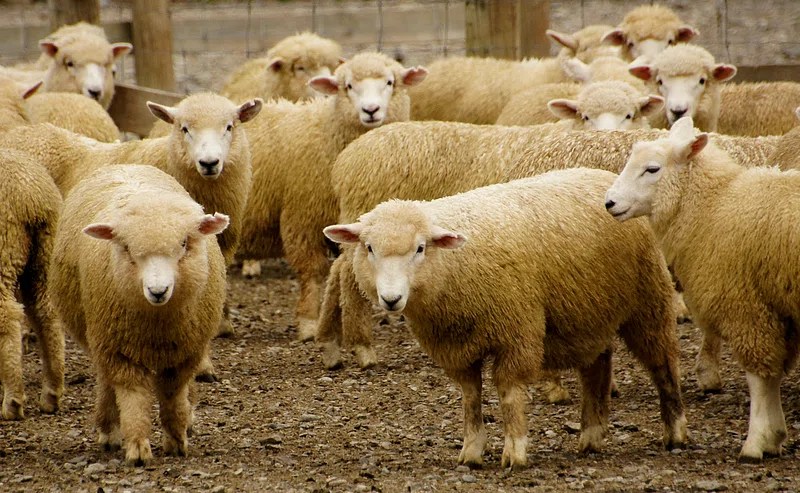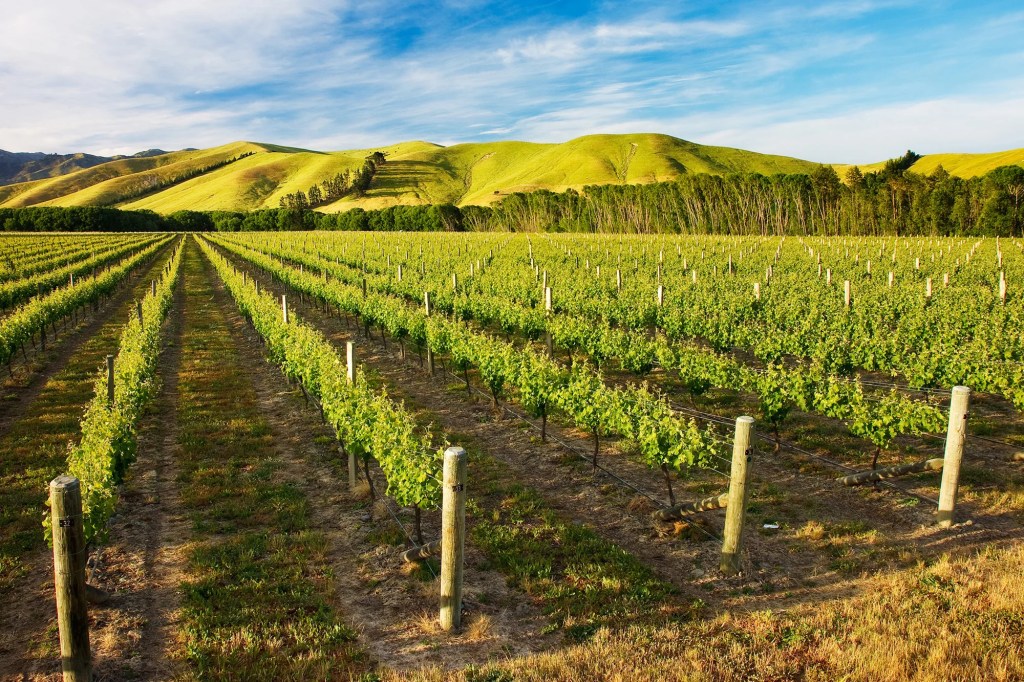Christopher Rosin, Lincoln University, New Zealand and Hugh Campbell, University of Otago
Disclosure statement: Christopher Rosin receives funding from the Our Land and Water National Science Challenge. Hugh Campbell receives funding from the Our Land and Water National Science Challenge. He also participates in development of Agricultural and Rural Policy for Te Pāti Kākāriki – the Green Party of Aotearoa New Zealand.
The history of farming is seeded with technological “big bang” moments that have changed the trajectory of whole industries and countries.
Some – such as mechanisation, and the arrival of synthetic fertiliser and pesticides, have transformed agricultural economic and technical systems. Others have involved substitute commodities – artificial flavourings, chemical dyes or synthetic fibres to replace wool – which have threatened the existence of whole farming sectors, including in New Zealand.
The next big disruption is arguably alternative proteins. They promise to introduce a brave new world of environmentally and animal-friendly proteins, produced by microbes in industrial vats or cell division in laboratories.
Proponents argue alternative proteins offer a solution to many of the world’s environmental and social problems.
Notably, the EAT-Lancet Commission on Food, Planet, Health included non-animal proteins as integral to a sustainable diet for a stressed planet, making a significant contribution to climate change mitigation.
Most academic publications reflect this optimism about “promissory science”. They focus on technological advancement and solutions that require more investment of time and funding. In this version of the future, we can have our beef (equivalent) and eat it too.
But what does a shift to alternative proteins mean for farming systems and landscapes in countries where animal protein production sectors are a significant element of rural economies?
For some critics, questions remain as to who benefits, who is substituted out of existence, who captures value and who gets left behind?

Modelling the future
These questions are particularly important for New Zealand, where agricultural sectors generate 80% of export earnings. In competing with traditional agricultural sector, alternative proteins can change the fortunes of entire sectors and regions.
As part of the Protein Futures NZ project (funded through the Our Land and Water National Science Challenge), we used economic modelling to investigate the impacts of alternative proteins on the primary sector and regional land use in New Zealand.
The first step involved finding credible projections of growth for alternative protein production globally. Because most are not yet produced at commercial scales, expectations of their potential and impacts vary significantly.
This uncertainty is evident in the diverse predictions of experts on primary sector. Their assessments ranged from expecting minimal competition for existing farming sectors to foreseeing the complete replacement of traditional animal-based proteins in New Zealand.
We turned to the market assessments conducted by management consulting groups to model what might happen. These pointed to a range of potential growth for alternative proteins that we captured in four scenarios projected to the year 2050.
The first of the scenarios used current growth trajectories for different forms of alternative protein (plant-based proteins, precision fermentation of protein ingredients, and cellular meat) until 2050. This provided a baseline for comparison.
In this first scenario the growth in global demand for protein outstripped any increases coming from alternative sources. Everyone benefits from the growth in escalating global demand for proteins.
The three other scenarios imagined what would happen to New Zealand’s meat and dairy sectors if there was significant growth in one or more of the alternative protein types.
Our modelling suggested the different alternative proteins would have mixed impact on New Zealand’s agricultural sector. The dairy sector would be particularly sensitive to developments in precision fermentation that produced direct substitutes for casein and whey protein. The number of sheep decreased in scenarios two, three and four while alternative proteins had an inconsistent impact on beef.
Broadly, our modelling showed any significant growth in one or more alternative proteins would result in fewer animals and more plants being grown in New Zealand.
Despite the negative impacts on the meat and dairy sectors, the modelling projected relatively moderate overall economic impacts for New Zealand. Increased production of alternative proteins also showed clear environmental benefits, including lower greenhouse gas emissions.

Time to prepare for alternative proteins
The findings of the project provide much food for thought. At the minimum, artificial proteins will change the world market for some major export sectors.
Our research indicates the need for policy that prepares the primary sector for changing protein markets and governing bodies for changing land use.
We also make the following observations:
• The appeal of alternative proteins lies in their reduced environmental impacts and increased animal welfare. For New Zealand to be competitive in these sectors, producers need to spotlight production practices that mitigate impacts on climate, water, soils, biodiversity and animal welfare.
• There are opportunities to shift production to plant proteins or to plant products that supply the nutrients, usually in a fluid base, which feed the microbes in precision fermentation and the cells in cellular meat.
• New Zealand may also benefit from investment in technologies that take advantage of renewable energy to produce proteins.
History tells us that substitutes for traditional agricultural products can significantly alter the viability of once-profitable commodities.
Alternative proteins will very likely lead to significant shifts in land use alongside improved outcomes for some key environmental and welfare factors. It’s now time to develop policy enabling a resilient response to this impact.
The authors wish to acknowledge the rest of the Protein Futures research team: Jon Manhire, Rob Burton, Stuart Ford, Klaus Mittenzwei, John Reid, Miranda Mirosa, John Saunders, Simon Barber, Sarah O’Connell, Kate Tomlinson, Ann Moriarty, Angus Sinclair Thompson and Brent Paehua. We also thank the industry experts who contributed to interviews.
Christopher Rosin, Senior Lecturer in Political Ecology, Lincoln University, New Zealand and Hugh Campbell, Professor of Sociology, Gender Studies and Criminology, University of Otago
This article is republished from The Conversation under a Creative Commons license. Read the original article.
To stay up-to-date on the latest industry headlines, sign up to Future Alternative’s enewsletter.
Posted on:



I am plant based so with an interest in this side of agriculture and horticulture.
The issue with the argument at the moment is that we refer to agriculture and people immediately think of animal production. We need to be separating Animal production (animal ag) out from plant production (Crop Ag). Advocating for greater crop production in agriculture and horticulture is the solution to increasing the awareness of the difference between the two. This will also highlight the environmental issues of Animal Ag over the issues of agriculture in general.
Hi Hamish, excellent feedback, thank you!